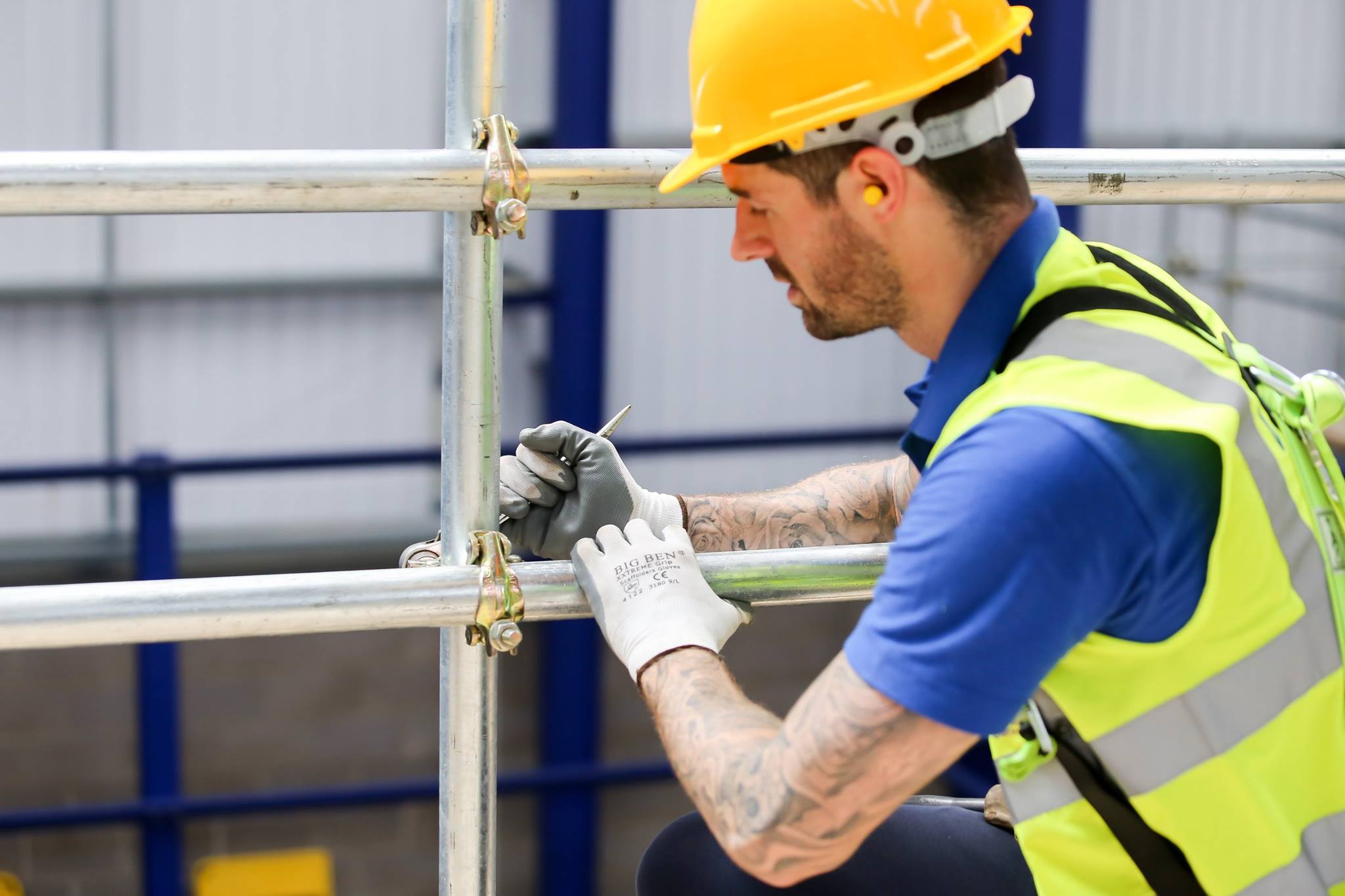Access scaffold are an essential part of safety equipment throughout the demolition, construction and refurbishment industry. They are a highly visual piece of equipment, extending above boundary fencing and hoarding for all to see. Working on these structures is likely to be conducted under the watchful eyes of an interested party, members of the public or passing enforcement officers for example.
What are the rules regarding scaffolding and their inspection?
Firstly, they must be erected by competent trained scaffold erectors (CISRS is the competency enforcer for scaffolds, and their subsequent inspections). It is good practice (though not legally required) for a scaffold to be formerly “handed over” by the scaffolder issuing a handover certificate. The responsibility for its continued safety for the duration of hire transfers to the hirer after handover.
Two main categories of scaffold
- Basic Scaffold. Do not be caught out by the name. These scaffolds can be complex in their features and can include stair access towers or loading bays. What is common about the basic scaffold is that their design is considered standard and falls within the TG20:13 Operational Guide.
- Design Scaffolds. Where scaffolds do not fall within the scope of the TG20:13 Solutions, a scaffold structure will go through a structural design process to determine the stability and suitability of the structure, resulting in engineer drawings issued for the scaffolders to follow during the erection and dismantling of the structure.
Whichever scaffold you have on your premises you should have been issued either:
- A handover certificate (Optional but good practice)
- A TG2013 Compliance sheet for each element of the structure (simple design solutions that can be used by the inspector to ensure the scaffold remains compliant and safe to use.
- An Engineers design, used to inspect the scaffold to ensure it remains compliant and safe to use.
Scaffold inspection – The Challenges
- A basic scaffold should be inspected by a trained and competent inspector, trained to a minimum of Basic Scaffold Inspection. CISRS also provide a qualification at this level and restricts the inspector to TG20:13 compliant structures only.
- A designed scaffold (often referred to as a advanced scaffolds) should be inspected by a trained and competent inspector trained to inspect basic scaffolds and additionally trained to inspected a scaffold to a design drawing. CISRS also provide a qualification at this level (Advanced Scaffold Inspector).
- Alterations and or adaptions to existing structures may need additional TG20:13 compliance sheets or additional design consideration by the engineer for designed scaffold structures.
Can you use the scaffold company that erected the structure to inspect it on your behalf?
Simply put, yes, so long as the inspector is deemed competent to inspect the structure. However, how likely is it that faults will be identified on a structure built by the same erectors that are inspecting it. Faults resulting from deviating from a TG20:13 is compliance sheet or design may require timely or even costly adaptions and therefore could be at the scaffold contractors expense. ** Ideally, the safe to use inspections should be completed independent of the erectors. Site Managers/Supervisors or independent inspectors holding the relevant inspectors qualification are the best solution to ensuring the structure remains safe to access and work from at all times.
** Note – unauthorised adaptions and damage during use, identified by inspectors and any other person, will undoubtedly be subject to charges from the scaffold contractors.
What should I expect to be issued after a scaffold inspection?
After any inspection, within 24 hours, a written report should be issued to the person for whom it was carried out. This should take the form of a check list of the structural elements, with the ability to enter any details of faults discovered during the inspection. Recommendations for action should also be included in the close out section of the report. Safety critical observations should be listed, however, the structure should be immediately taken out of use and reported to the hirer.
In addition to the report, a register entry detailing the date time and findings of each scaffold should be completed.
All documents should be held on site for the duration of the project and for a further 3 months at the company office after completion of the project.
What it the frequency of inspections for a scaffold structure?
Scaffold should be inspected:
- After erection before first use
- After any alteration or adaption
- After any event likely to have caused the structure to become unstable
- After adverse weather conditions
- At regular intervals not exceeding 7 days.
If you have any queries regarding your scaffold structures, the competency requirements of inspectors or require an independent inspection of your scaffolds, please contact us for further advice and guidance on 01525 851752 or email enquiries@ccconsulting.uk.com.











